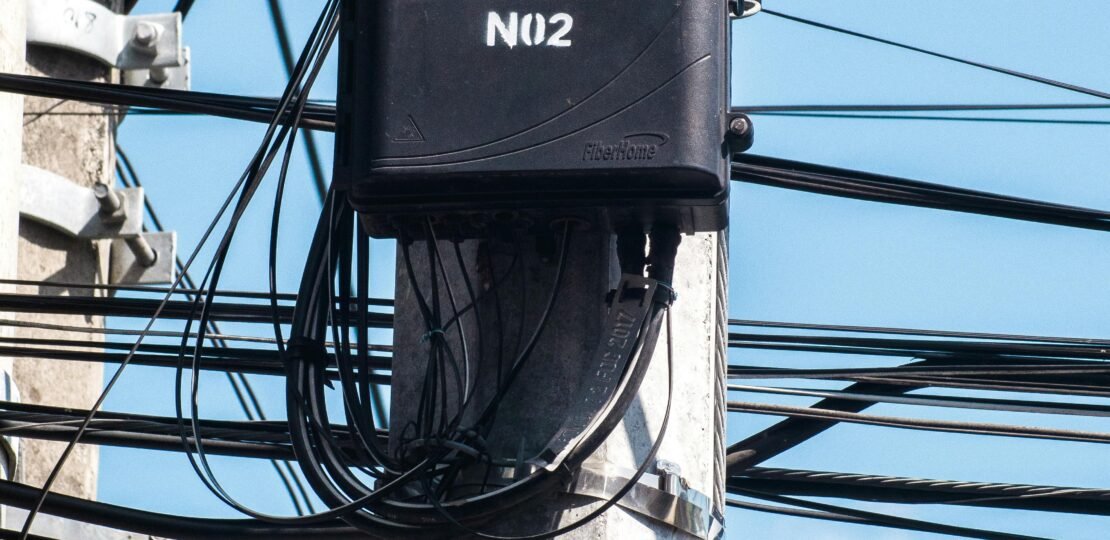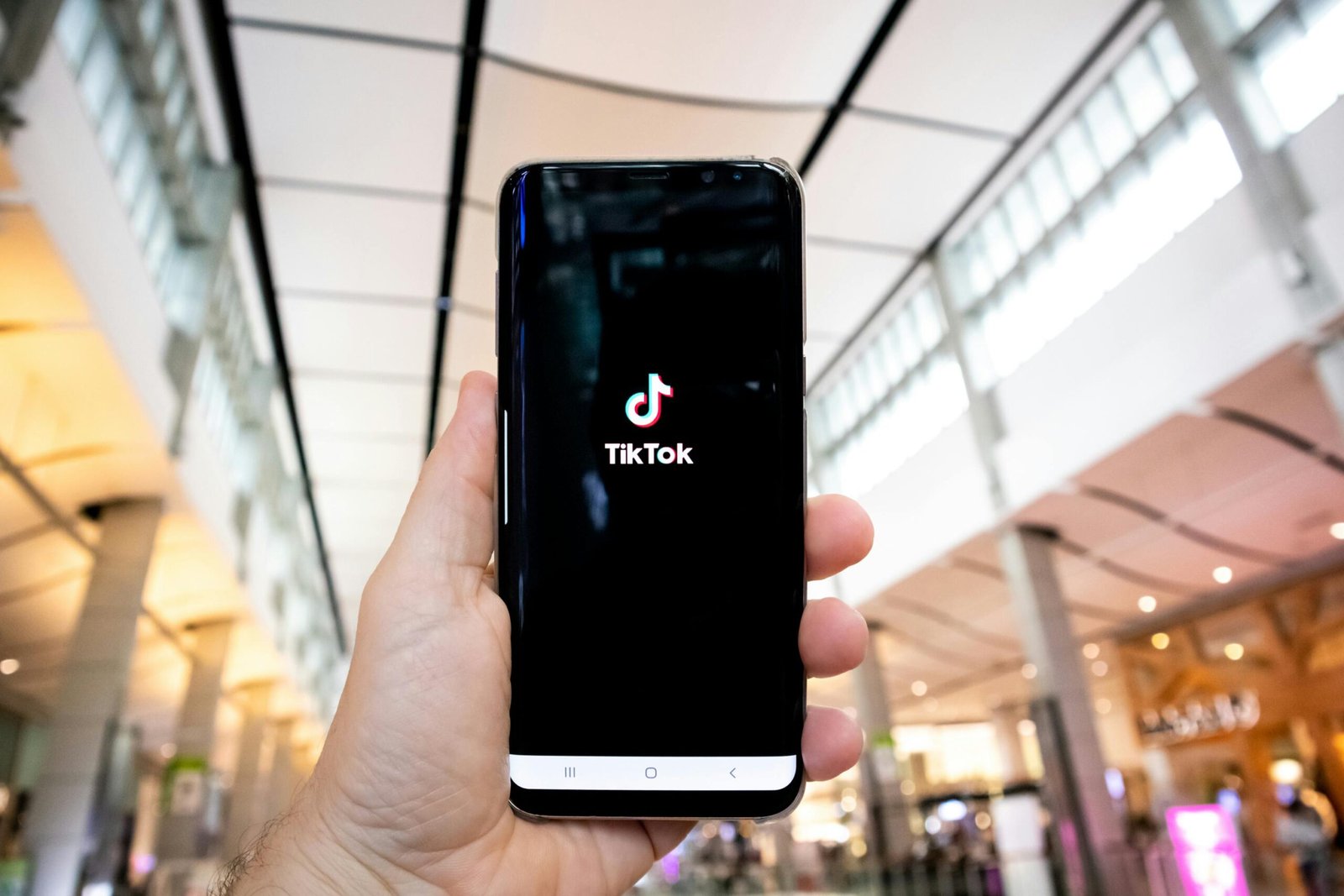From Lineman to Innovator: Tim Barat’s Journey to Reinvent Power Line Monitoring
Tim Barat cherished his role as a lineman in Australia, even during the turbulent times of the 2009 Black Saturday brushfires that ravaged over a million acres and left many without power. Yet, upon moving to the U.S. in 2013, his career path took a turn. His wife expressed concerns about the dangers associated with working on high voltage lines. “My wife didn’t want me working on high voltage anymore for safety reasons,” Barat shared with TechCrunch.
Heeding her concerns, Barat returned to school, eventually earning a master’s degree in electrical engineering from UC Berkeley. But even as he studied, his mind was never far from power lines—or more specifically, the sounds they made. “As humans, we can’t sense electricity. We can feel it. We can get electrocuted,” Barat explained. He realized that relying on physical senses wasn’t sustainable for a lengthy career.
“Generally, we’re looking, we’re listening. We’re feeling transformers vibrating differently, things like that,” Barat described of linemen’s work during outages. “We hit a pole with a hammer and listen to how it sounds, the ringing afterwards, to tell if it’s hollow before we climb it for safety reasons.” It’s a time-consuming process.
{Barat}
Utility workers often travel miles to find the source of an outage—be it a tree branch on a wire or a squirrel causing havoc. Only after identifying and reporting the issue can repairs begin. “Some utilities spend nine figures per year on just these patrols alone,” Barat noted. Reflecting on his experiences, he pondered an innovative solution.
The Birth of Gridware: Listening to the Grid
Inspired by the sounds of infrastructure, Barat teamed up with Abdulrahman Bin Omar and Hall Chen to create Gridware—a company that listens for electrical problems using unique devices. “We think of the grid like a giant guitar as opposed to a circuit board,” Barat explained.
- The devices capture mechanical perturbations—sounds and vibrations.
- AI and signal processing software identify hazards.
- Data is sent to the cloud through cellular or satellite connections.
The compact device is solar-powered and quick to install without needing contact with power lines, taking less than 15 minutes per installation. Last year, Gridware was cash-flow positive and recently closed a $26.4 million Series A funding round led by Sequoia, with participation from existing investors.
Proving Efficacy: A Personal Power Line Playground
Before deploying devices on utility poles, Barat created his own testing ground—a full-size grid where he conducted extensive tests under various hazardous conditions. “I built my own grid,” he said proudly.
“It’s full size, 55-foot poles, 200-foot spans, and I spent years destroying it in every way, shape and form,” Barat recounted. “I’ve had so many people watch how I blow up transformers and throw trees onto power lines.” His relentless testing ensured the devices’ accuracy in real-world scenarios.
{Barat}
Currently, Gridware monitors over 1,000 miles of power lines across 18 companies using devices installed on 10,000 poles. Despite initial hesitations from his wife about his testing methods, Barat reassured that those days are behind them as they observe real-world events daily.



